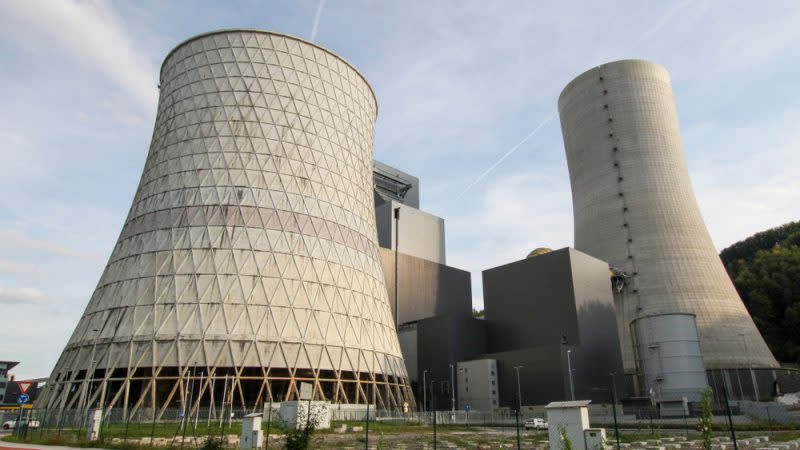POWER Digest [July 2024]

Economics Could Bring Early Closure for Slovenia Coal-Fired Plant. Slovenian Prime Minister Robert Golob in May said the Termoelektrana Šoštanj (TEŠ) facility, the country’s only remaining coal-fired power plant, and its accompanying mine could shut down earlier than the scheduled closure date of 2033. Golob said the plant would go offline “not because of politics, not because of the climate, but because of economics.” Slovenia’s state-owned energy company Holding Slovenske elektrarne (HSE) has said it expects significant losses in the operation of TEŠ and the Premogovnik Velenje mine that provides the plant’s fuel. Officials said a decision on the power plant’s future is expected later this year. Golob said the plant likely would power down, and the mine would have production cuts, ahead of a planned closure. Reports have said the power plant and mine face more than €2 billion ($2.15 billion) in operating losses over the next few years, which threatens HSE’s continued operation. Officials said HSE also could spin off the power plant and the coal mine into a separate business unit. Golob said that coal-fired generation is no longer competitive with other fuels, and the cost of greenhouse gas emission certificates, and the introduction of stricter environmental rules, are jeopardizing such facilities in other regional European countries. The European Union, though, as part of the group’s energy market design reform, has said it will allow member states to provide financial support to essential power plants through so-called capacity mechanisms. HSE has said it is working on transition solutions for workers at both the plant and the mine, which employ 300 and 2,000 workers, respectively. HSE has said it could install a floating solar power plant to replace the coal-fired facility, and also is looking at hydrogen production and other technologies to sustain its energy business. Transmission Link Planned Between UK and Netherlands. The British government announced it will support a new electricity transmission and distribution link between the UK and the Netherlands that will be located under the North Sea. Officials recently announced construction of the LionLink power line, designed to carry 1.8 GW of electricity between the two countries. The project will be developed jointly by TenneT, the Dutch grid operator, and the UK’s National Grid Ventures. It is expected to enter service by early 2030. The LionLink, starting at Suffolk in the UK, also will enable connections to offshore wind farms in the North Sea. Gareth Burden, construction director for National Grid, earlier had said that “LionLink has an important role to play in reducing the UK’s reliance on fossil fuels and bringing more clean, green, and renewable energy into the UK’s energy system. This will not only strengthen the country’s energy security but also lower bills for consumers too.” UK officials said the project will benefit the country’s coastal towns, and will lessen the need to build more onshore transmission infrastructure. The project details were announced during a visit by Grant Shapps, the UK Energy Security Secretary, to the North Sea Summit in Belgium in May. The summit was convened to enable European countries to discuss building energy security via new interconnector projects, and promote the use of renewable energy. New Wind Farms Sited in Morocco. A public-private partnership will support construction of two wind farms in northern Morocco, the Moroccan Agency for Sustainable Energy (MASEN) confirmed in early May. The group, formed as part of a government initiative, said it was launching the pre-qualification process for a project that will feature 400 MW of generation capacity from two installations. A 250-MW wind farm, called Nassim Dar Chaoui, will be built between the provinces of Tangier and Tetouan. The second wind farm will add 150 MW of capacity to the existing 100 MW of generation at the Nassim Koudia Al Baida facility. The MASEN group said it would choose the project’s developer, who would be responsible for financing, construction, and operation. “By structuring it as a project financing scheme, this new program will encourage greater involvement of the private sector in the deployment of renewable energies, with the participation of Moroccan and international commercial banks in its financing,” MASEN said in a statement. —Darrell Proctor is a senior associate editor for POWER.

 Yahoo Finance
Yahoo Finance 